Earlier this week someone brought up Radon gas. He was somewhat surprised that we all knew about it, but we didn’t know enough it turns out. Health Canada has a great resource on it here, including a survey of the prevalence in homes. Radon is the leading cause of lung cancer in non-smokers, and the #2 in smokers, causing ~21000 deaths in the US last year. In a nutshell, natural uranium & thorium decays to lead, and enroute, produces Radon gas.
Now, i was of the impression that since I tested when I bought the house (home inspection), that I was not at risk. Turns out its seasonal (since it follows groundwater). Also, you need to test over a much longer period than I did (~90 days vs the 2 days I did). Ooops. The recommended maximum Radon is 200Bq/m^3, and 6.9% of Canadian homes are there!
Now, I had thought this was more of a regional thing, but it turns out its not. Your neighbour can be fine, and you can be at risk. So, we have carbon monoxide detectors, but why not Radon? The normal test is to take a box of charcoal, but it in your basement for 90days, then ship it to a lab to sniff it. Well, this is a bit of a pain for ongoing metrics.
Enter the Airthings Wave. Designed in Norway, Assembled in Tunisia, fulfilled by Amazon, and delivered by Canada Post. And now the subject of some hacking by me!
 | 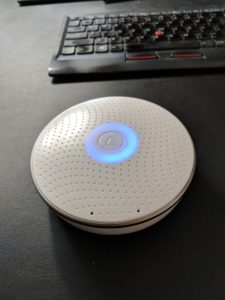 |
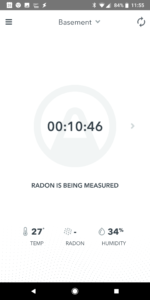
OK, below some pictures, I’ll post more once I start in on it. After the pairing and the requisite firmware update for the device, we end up with a fairly nice-looking (if basic) app. It measures temperature/humidity/radon. And it syncs periodically to the device when you ask it to.
OK, lots of pictures of the naked innards. It is using a TI MSP430 as the processor and a LSR SaBLE-X for the BLE (probably this TI reference design of the TI SimpleLink CC2640). Enjoy!
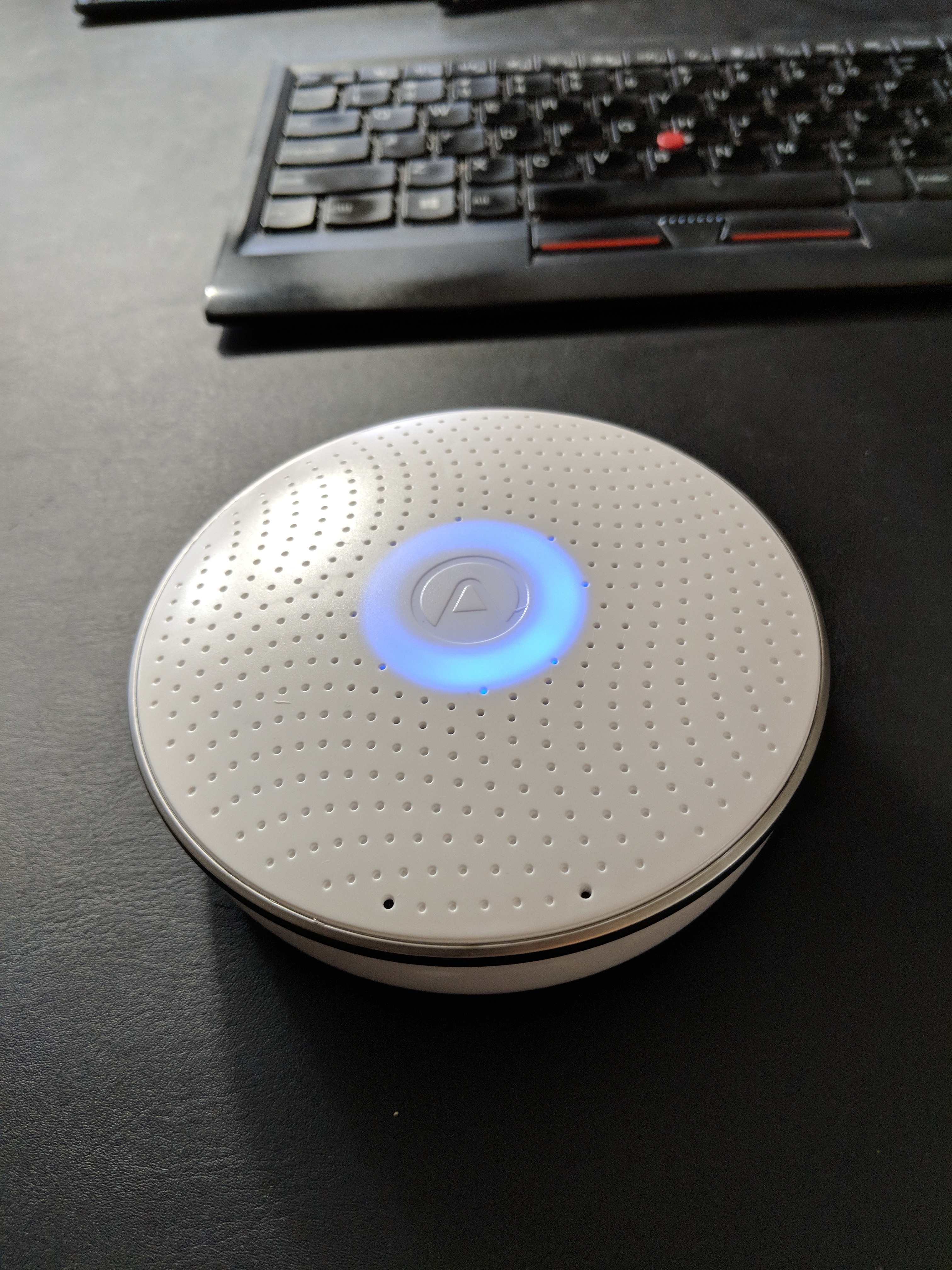
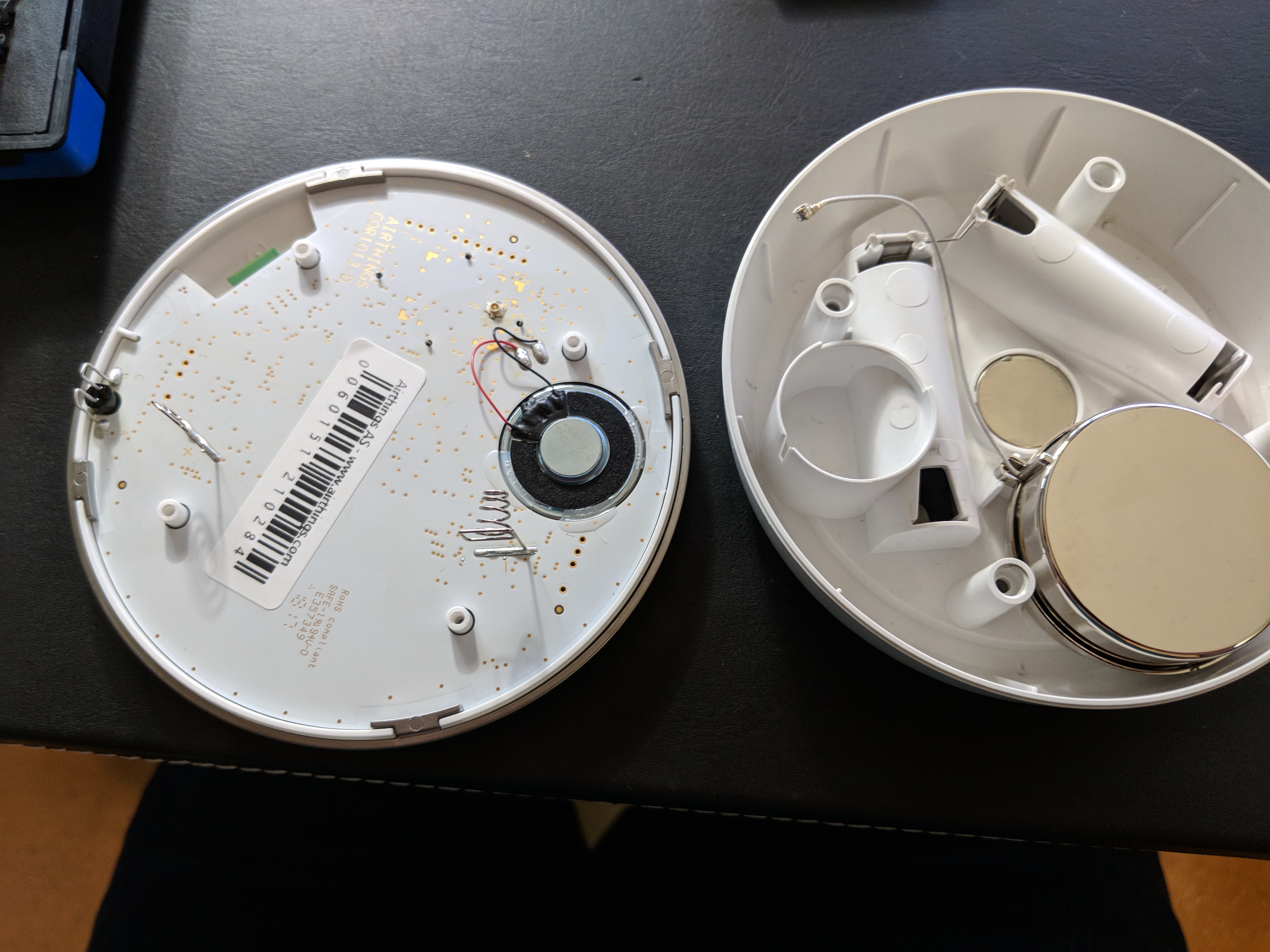
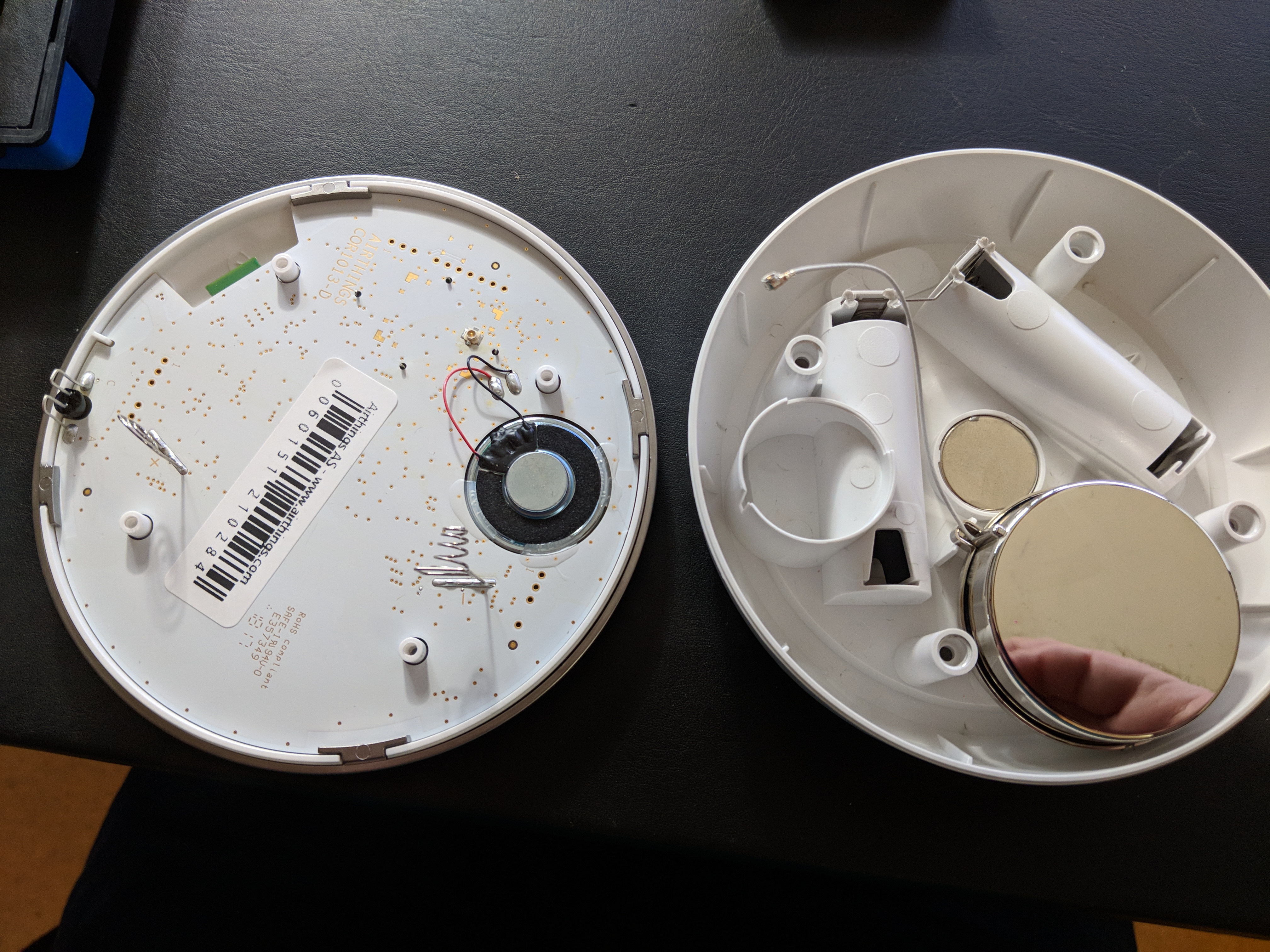
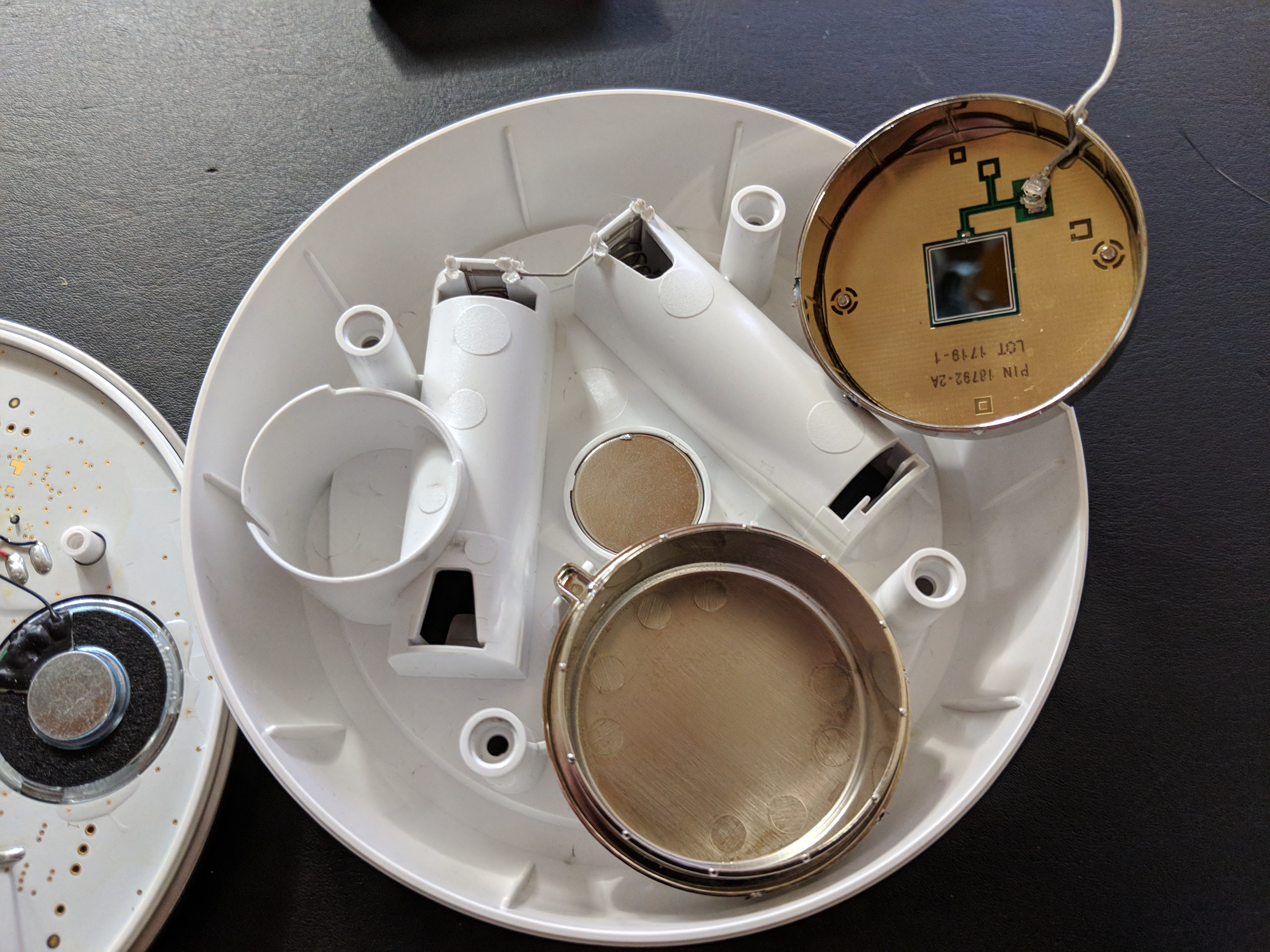
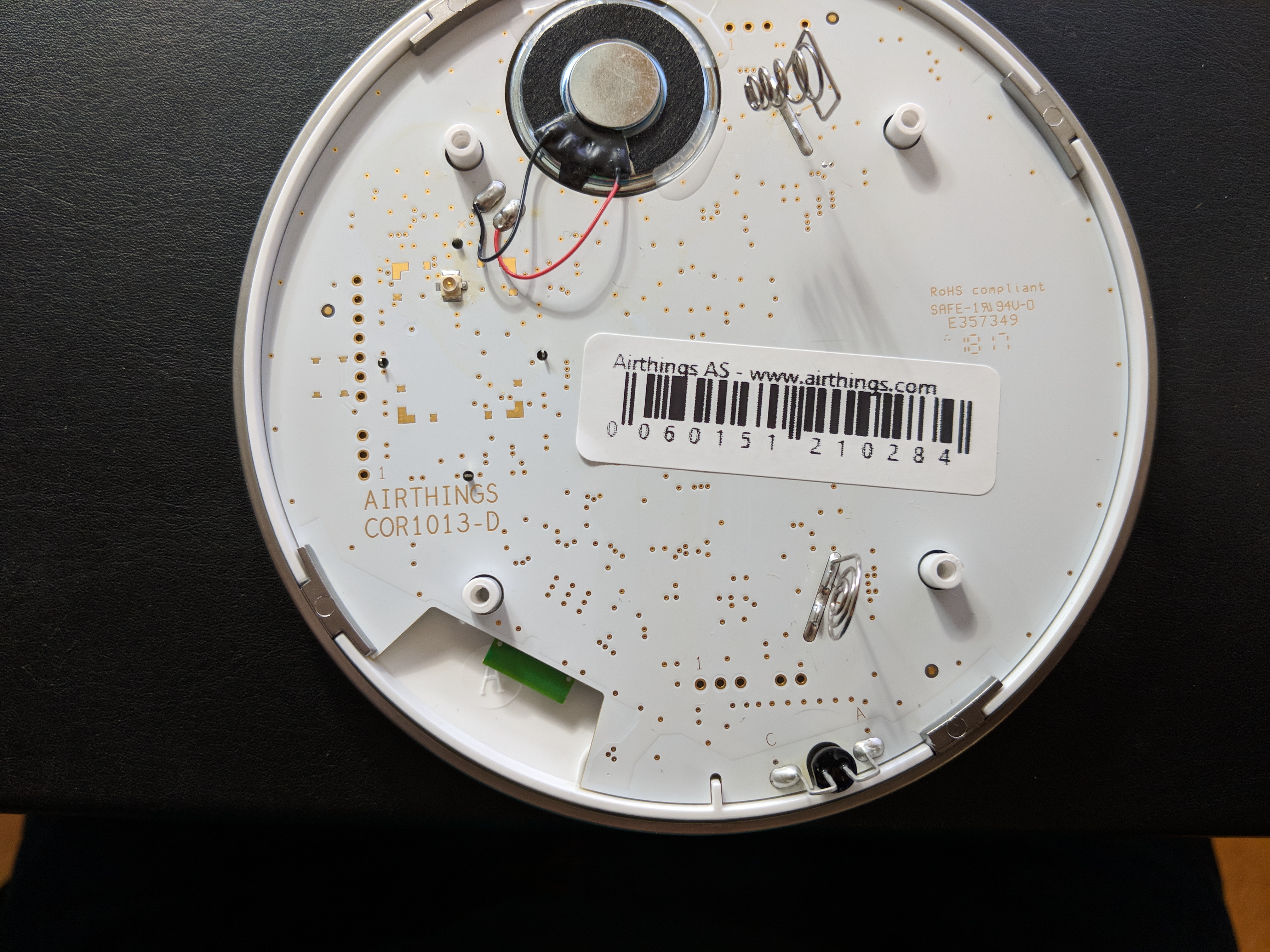
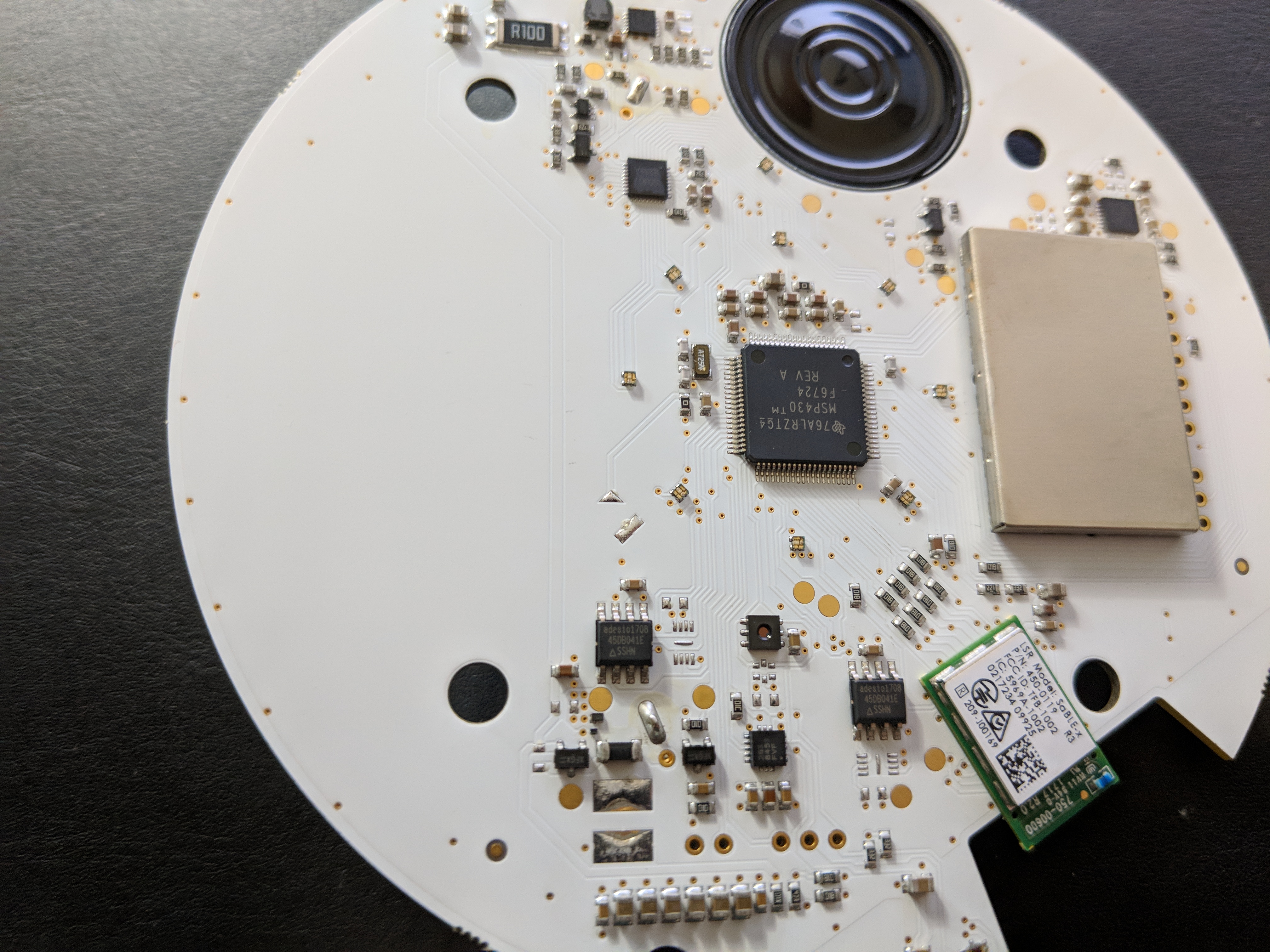
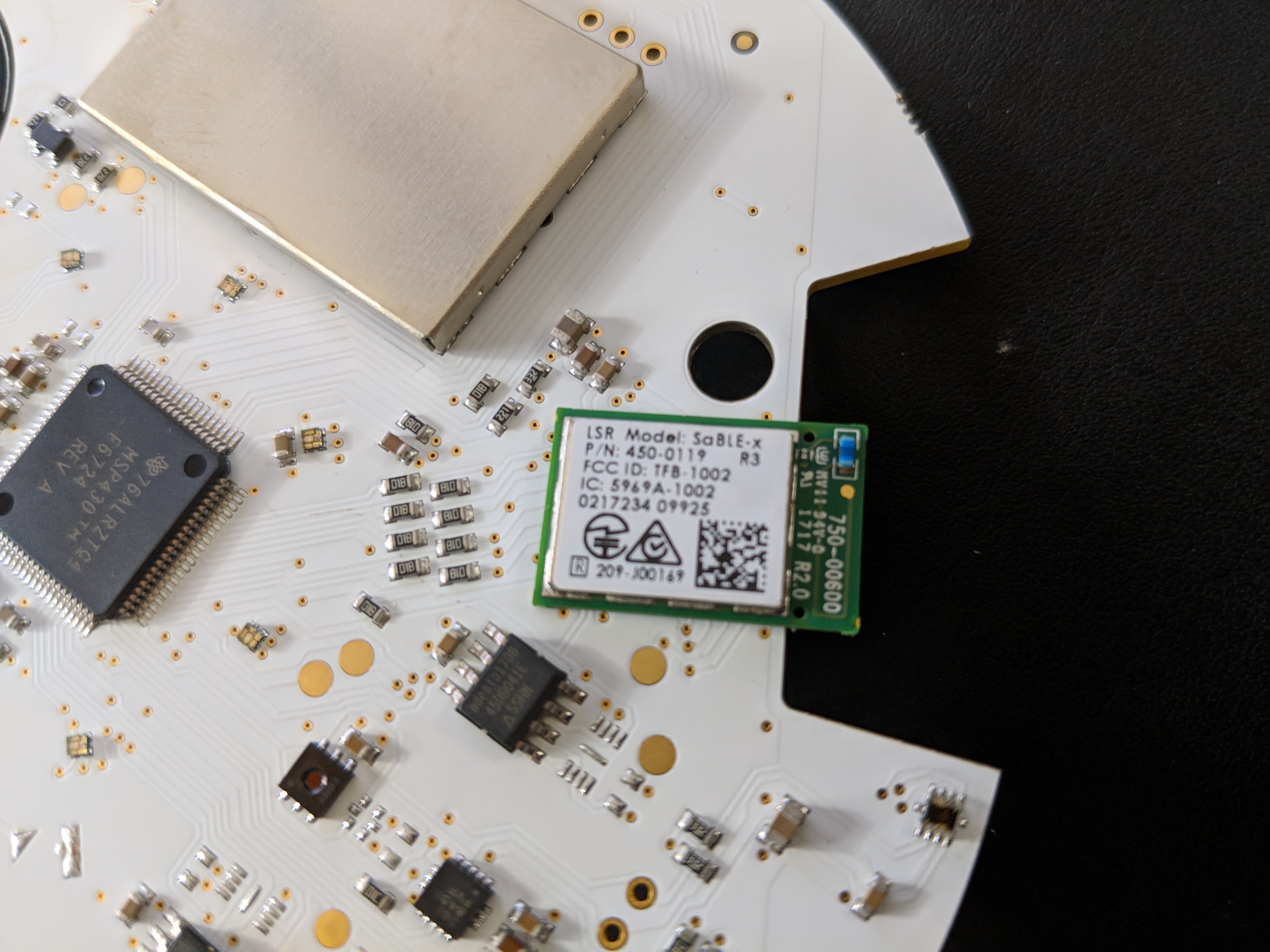
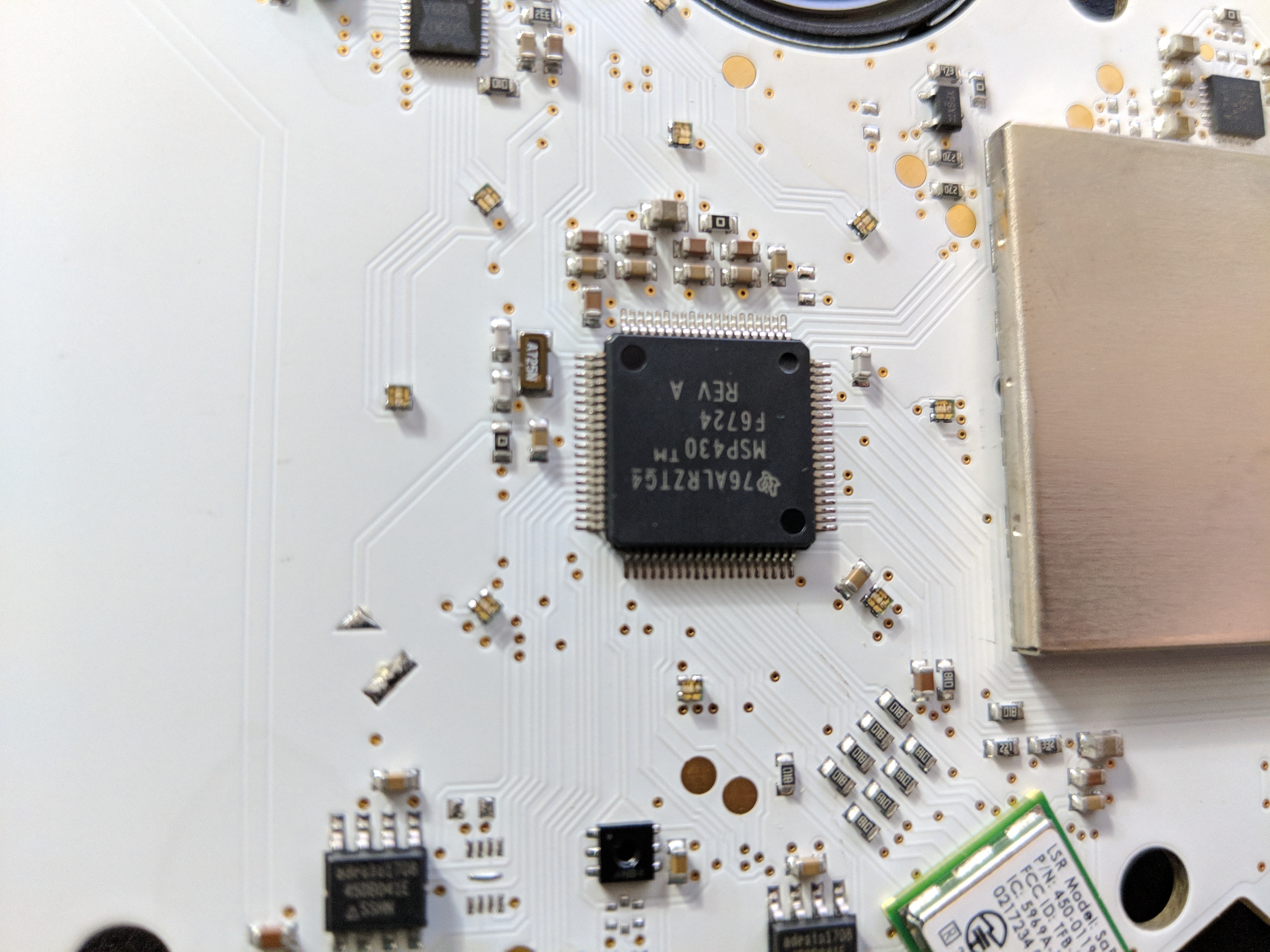
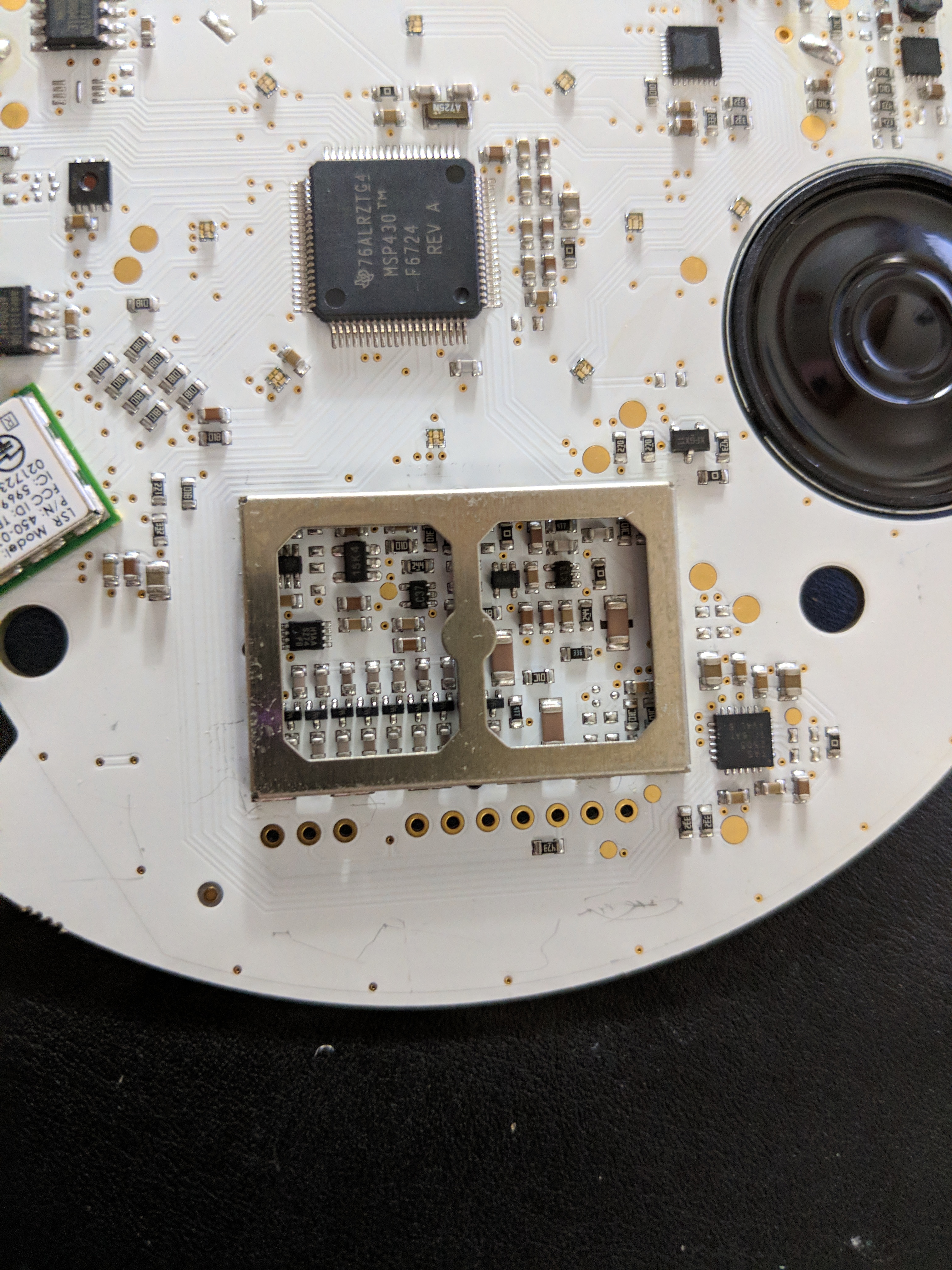

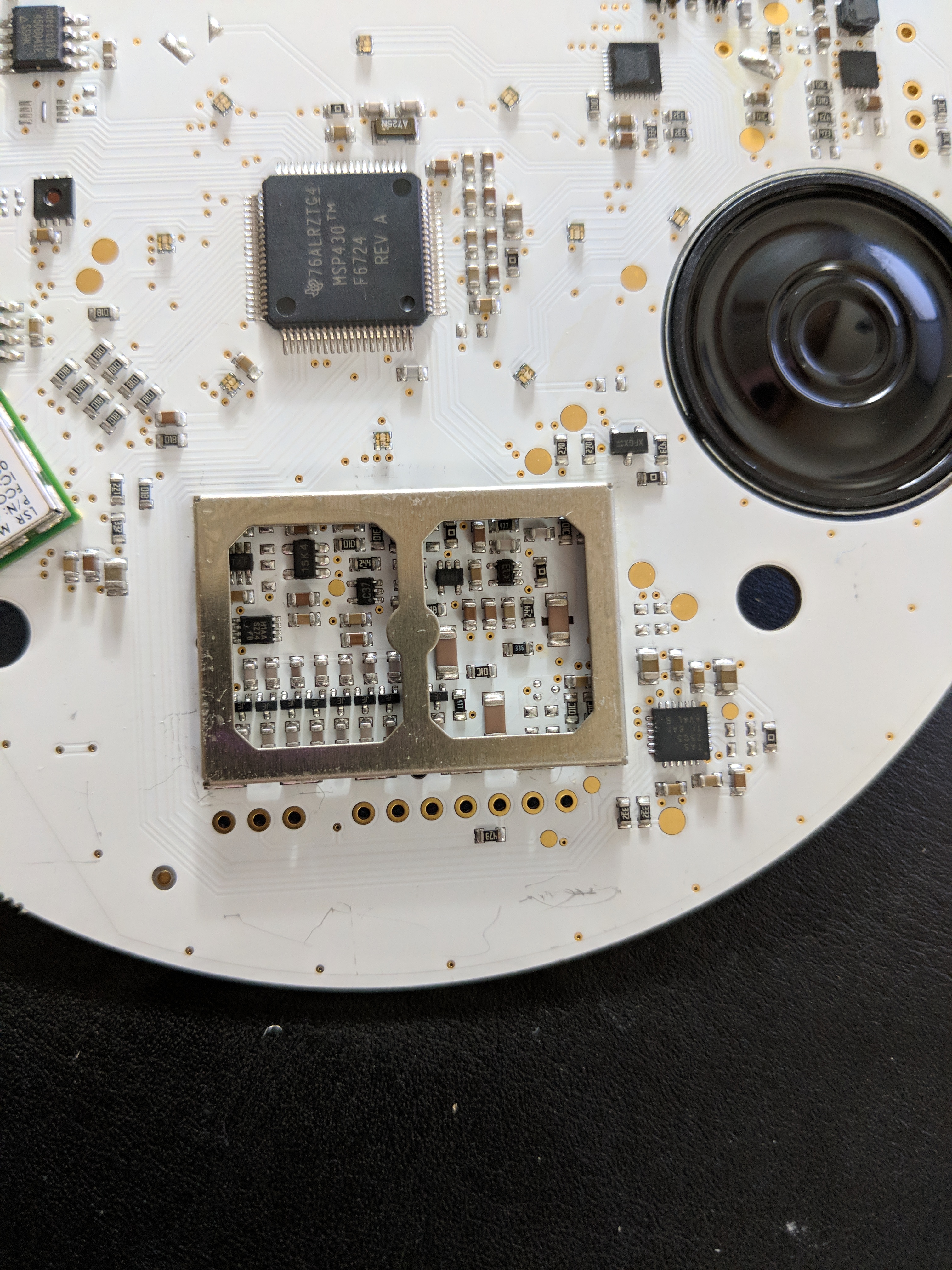
Leave a Reply